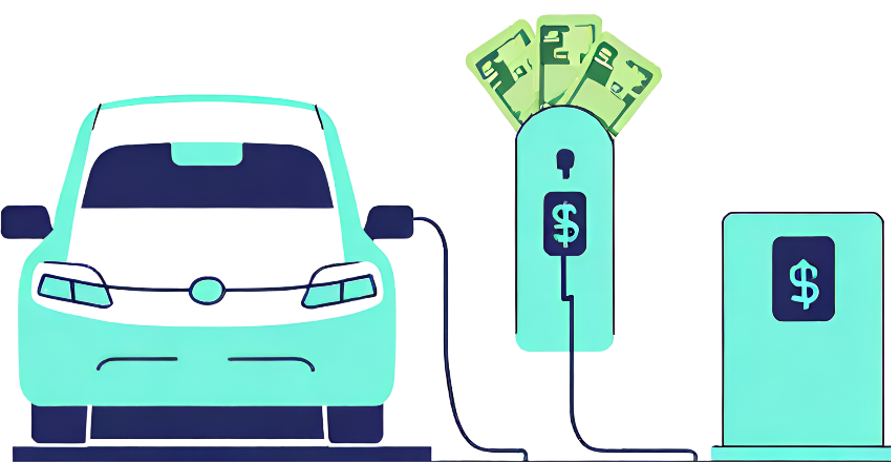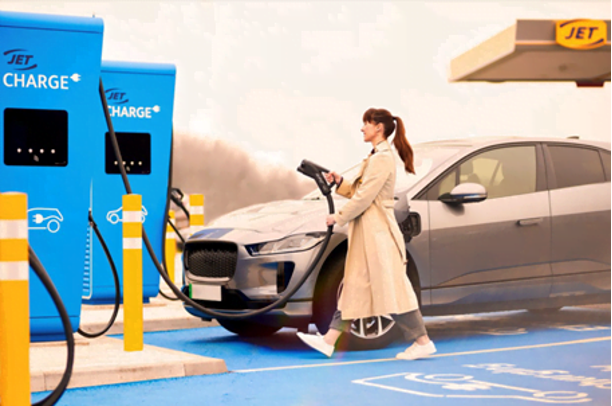Is EV charging ready to drive returns for investors?
In inner city Melbourne where I live you don’t have to look far to see an EV quietly zipping down the street.
After a slow start in Australia, the rate of electric vehicle (EV) adoption increased in 2023, accounting for 7.2% of all passenger vehicle sales in the country.
Whilst this lags the global average of 19%, the market appears to have gone through a critical inflexion point and looks set to rapidly scale over the next decade.[1]
With that growth comes increasing demand for EV charging infrastructure and the opportunity for next generation infrastructure.
The Charging Challenge
EV Transport and Charging is one of Palisade Impact’s focus sectors and is expected to play an integral role in the race to net zero emissions.
So far this year, we’ve seen six credible investment opportunities.
The credentials of the sector comfortably pass our initial impact screen, but things get a bit trickier when we start to pick apart the commercial merits of the various business models.
The fundamental challenge is no-one knows how consumers will behave in the longer term when it comes to EV charging.

Charging to Charge
Charging infrastructure can easily be installed in public places, whether that’s on the side of the road or in a shopping centre car park.
Most business models then rely on putting a margin on top of the power provided. The return is therefore a function of how often that charger is used (“utilisation”) versus the cost of installing and running it.
At this point in time, it’s unclear how that margin and utilisation will hold up over time versus alternatives such as charging in the home (with Australia having a high proportion of off-street parking), at existing service stations or alternate business models that currently offer charging for free.
As an investor you’d need confidence in a very fast payback on your initial capital – at the moment there is very little data to support that.
The less risky models fall under the “as-a-service” banner where the charging infrastructure itself is provided on a subscription basis, but the consumer bears the cost (and the risk) of the electrons.

We have seen variations such as “Infrastructure-as-a-Service”, “Charging-as-a-Service” and “EV-as-a-Service” - all of which seem to strike a better balance between risk and return – but even then, we struggle to make longer term assumptions with a degree of confidence.
One current negative that is attracting a lot of commentary is the slow-down of EV penetration in other parts of the world, particularly in the US. Despite the slew of policy initiatives and stated intent from OEMs like Audi and Volvo to move to all-electric, consumers just aren’t buying EV’s as quickly as some expected.
There appears to be a variety of reasons for that but a study by McKinsey found limited public charging and long charging times are now among the top barriers to further EV adoption.
Neutral Gear - Watch and wait
As an impact investor we think about that circularity a lot, but again we would like to see more evidence of where the industry is going.
One thing we do know is the world is moving to EVs, whether we get to 60% or 90% EV penetration by 2035 the charging market will still be major opportunity.
For now we maintain a watching brief on the sector looking for clearer indicators of where the industry is going and what the assumptions should be in our financial models.
Our intention is to work proactively with the leading firms in the charging space (we believe Jetcharge is a real leader in the space) to help develop appropriate infrastructure-like business models. We want to be an active participant in building the market. Meanwhile we will evaluate adjacent sectors for example the electrification of bus fleets and be ready to invest when the time is right.
1 topic

